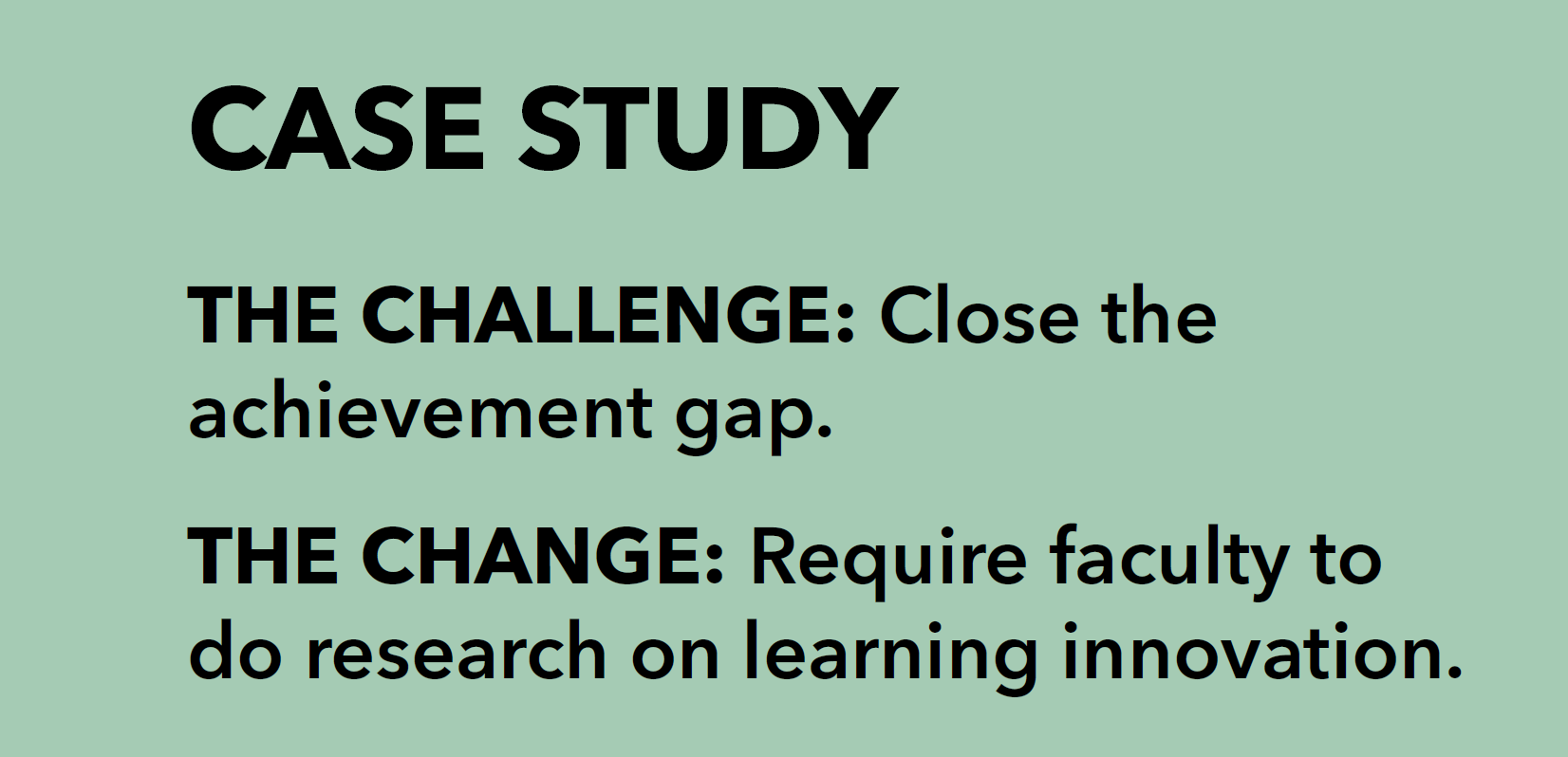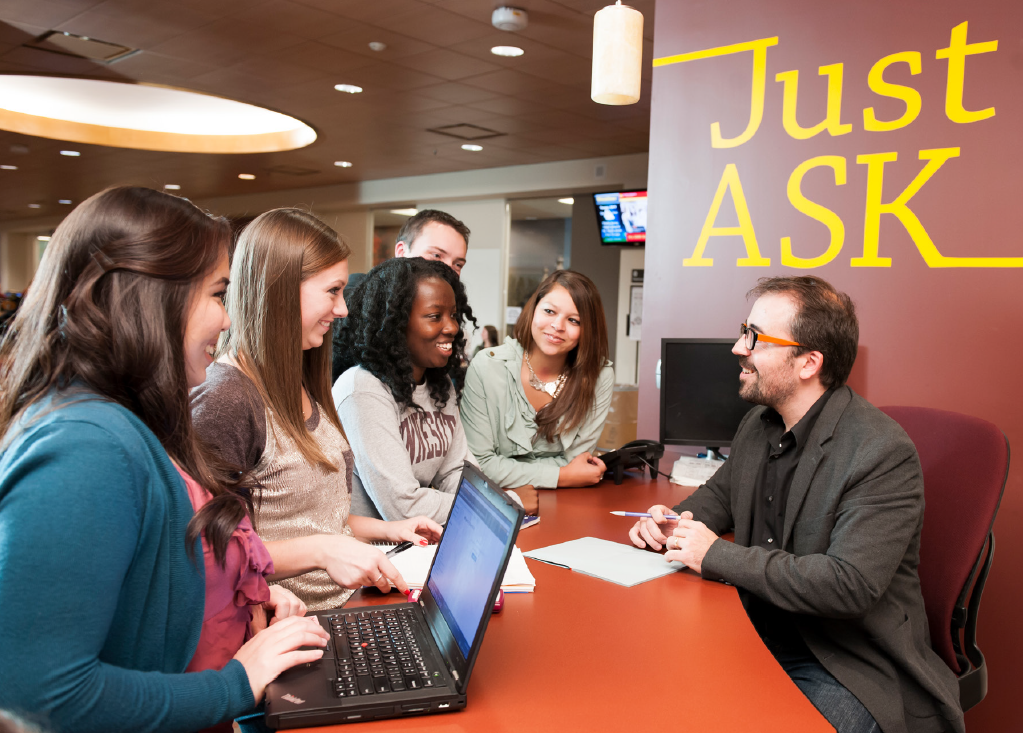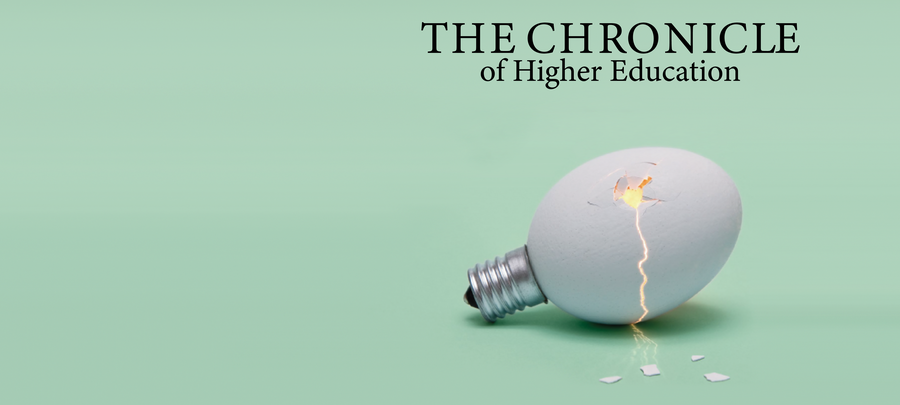A HEALTH-SCIENCES CAMPUS FOCUSES ON STUDENT SUCCESS
 The University of Minnesota at Rochester, which opened its doors in 2009, has been a living — and largely successful — experiment for student success.
The University of Minnesota at Rochester, which opened its doors in 2009, has been a living — and largely successful — experiment for student success.
With 47 percent of its students the first in their family to attend college and about one-third non-white, it has virtually no achievement gap in graduation or retention rates.
The campus, which focuses on preparing students for careers in health care, started with 57 students and will be enrolling about 800 in fall 2019, says Lori Carrell, the university’s chancellor.
It also has a partnership with the Mayo Clinic School of Health Sciences, which gies students access to a wealth of services including its libraries, computer center, and simulation classrooms. The Mayo Clinic, the largest employer in Minnesota, also hires many of the university’s graduates.
Carrell attributes the university’s success to several initiatives focused on faculty, students, and facilities. The one that really sets it apart is that faculty are required to conduct their primary research in the study of student success and learning innovation, not in their chosen disciplines. So unlike most universities, where faculty are awarded tenure largely based on published research in a specific area, at UMR, tenure awards are based on research on how to best teach those disciplines and on work that contributes to student learning and development.
Of 36 faculty members, 12 are in tenure or tenure-track positions; the others are called student-based faculty. The latter are expected to do more teaching than research, and are reappointed annually based on the quality of their teaching, Carrell says. Students, by virtue of their enrollment in courses, are participants in the research — unless they choose to opt out — by providing data about how practices are working. That “gives us real-time information so that we are assessing and adapting in a continuous cycle,” Carrell says.
All faculty belong to one interdisciplinary academic unit called the Center for Learning Innovation. They have created the curriculum themselves and include health-relevant topics in every course — for example, medical ethics in a philosophy course. Teaching is done in teams of two or more.
The support UMR provides to all its students comes in many forms. Office hours, which can be challenging to first-generation students who may not know what they are or are too intimidated to go to a professor’s office, don’t exist. Instead, there are four “JustASK” centers staffed by an interdisciplinary team of faculty available throughout the day.
Those centers are particularly helpful because instruction at UMR is flipped — students are introduced to content outside of class and practice working on it in the classroom — and students need access to faculty to help with their work.
Students have almost no choice of courses in their first and second years, but if they finish those successfully, they have much more latitude in their junior year and do a completely individualized program in their senior year. All students are also part of a cohort and take most of their classes together in the first and second year; as more university housing becomes available, these students will also live together in a living-learning community.
The students in each cohort commit to each other, so “there’s an accountability piece and a sense of belonging,” Carrell says.
Each student is also assigned a life coach for all four years, who helps with academic advising, career exploration, and general life issues; there are eight coaches, and each coach assists no more than 85 students.
One way UMR can afford this model is that it owns none of its facilities; rather it has long-term leases through private-public partnerships, Carrell says. For example, some classes are in the upper two floors of a mall where a movie theater used to reside, and the nearby YMCA serves as its gym.
Besides saving money, another goal for the leased facilities is that students can be close to the city’s health-care community. The mall classrooms are across the street from some of the Mayo Clinic’s research and clinical-practice facilities. And it has laboratories and science classes in a new space called One Discovery Square, which bills itself as “a healthcare innovation campus” and includes such companies as Boston Scientific, a manufacturer of medical devices, and Epic, which produces medical-records software.
“We’re being very intentional about the partnerships,” Carrell says.
The university’s unusual setup was made easier because it was starting from scratch, Carrell acknowledges. “We had the advantage of a clear purpose, clean slate, and unifying academic focus, as well as a supportive community and respected university system,” she says. But she thinks others can emulate UMR if they have faculty leadership that is willing “to make hard choices and collaborate across types of roles that are often isolated from each other.”
The university’s four-year graduation rate is 65 percent, but she says many students who leave do so because they choose not to focus solely on health and move on to other four-year colleges. And of the students who do graduate, 90 percent complete in four years. The retention rate after the first year — when many students typically drop out — is 78 percent for students of color and 77 percent for low-income students eligible for Pell Grants. The overall first-year retention rate is 79 percent.
UMR is planning for its next decade with goals that include increasing enrollment to 2,500 and leasing more living quarters so that ultimately 90 percent of first- and second-year students can live in a university residence.
“We have demonstrated that equity is possible on a public university budget,” Carrell says, “and I find that outcome very hopeful for the future of higher education.”

The U. of Minnesota at Rochester offers four “JustASK” centers staffed by an interdisciplinary team of faculty members to advise students who may be too intimidated to go to a professor’s office. Photo by Dean Riggott.
